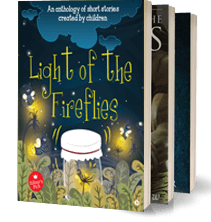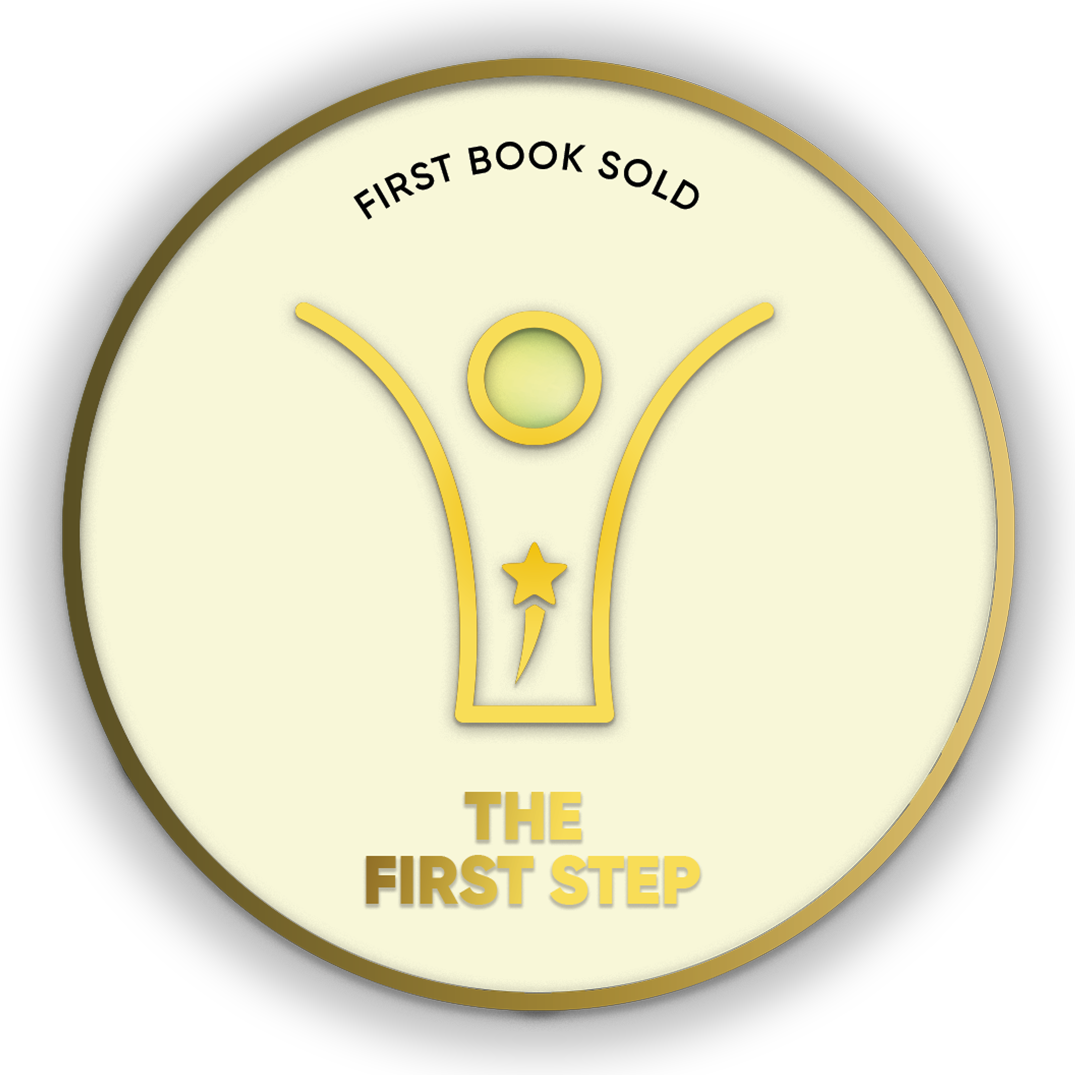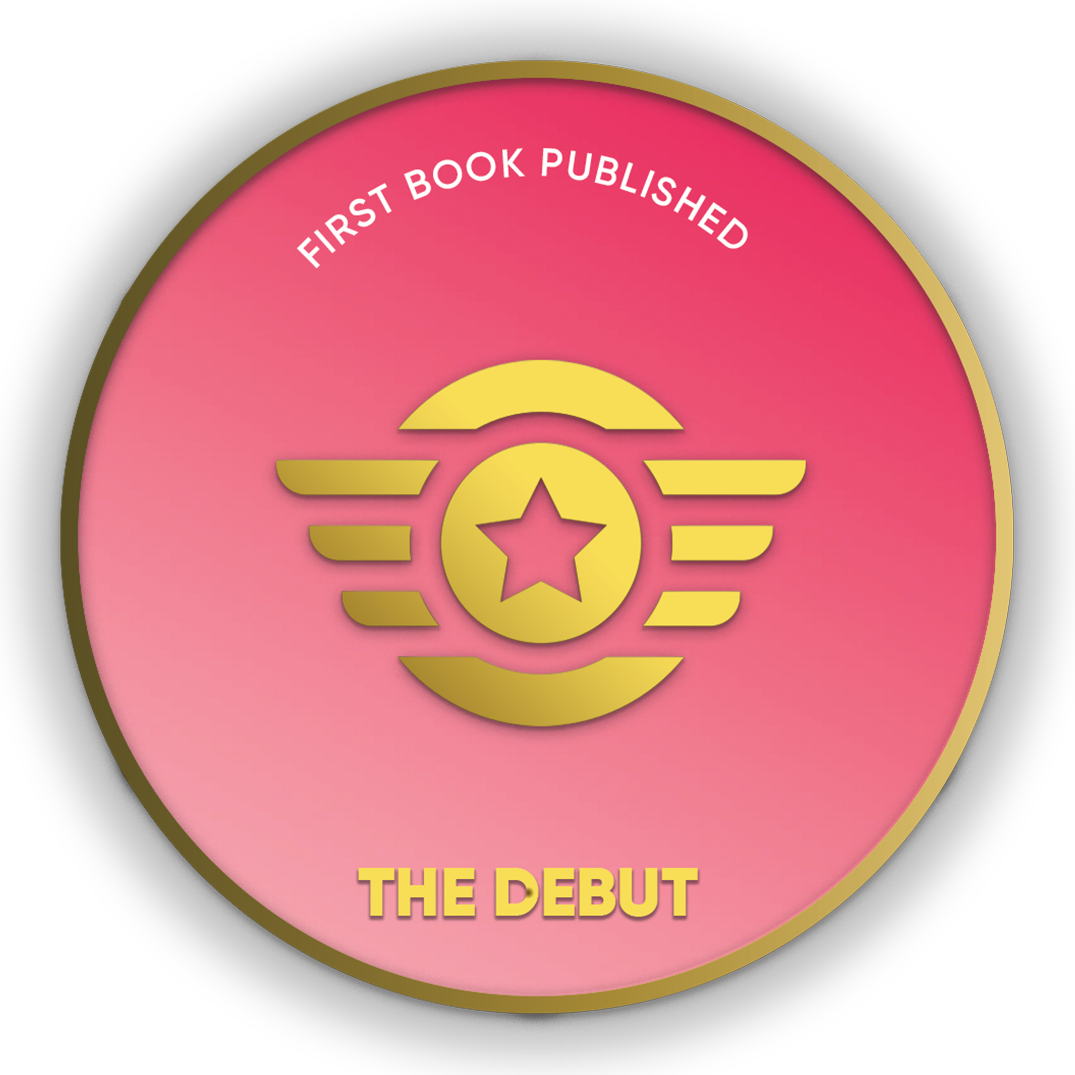CASTEISM IN QUEER COMMUNITY
Books by Akash Dolui
With the daily LGBTQIA+ Movements in India, it goes unnoticed that the LGBTQIA+ Movements had been a divided formation of such a position where the standards of the position stands apart on the stage shared by the Lower caste representation of the non-alignment of caste as a scrapped identity that needed not to be maintained rather than being maintained within the practicality of the nature of a society that only accepts the oneness of majorly the caste recogn
The Feminine presence in Vajrayana Buddhism
Books by Akash Dolui
Hope this book finds the way to the readers in the society especially in all the states about the Feminine aspects of Female Buddhas, thos who were less known to many due to the Patriarchal presence of Buddhism. This book would be breaking a pertained concept of masculinity in Buddhahood as this Book narrates a huge narration on various female Buddhas also known as Dakinis. The Female Buddhas mentioned in this book are Vajrayogini, Vajravarahi, Pragyaparamita,
















